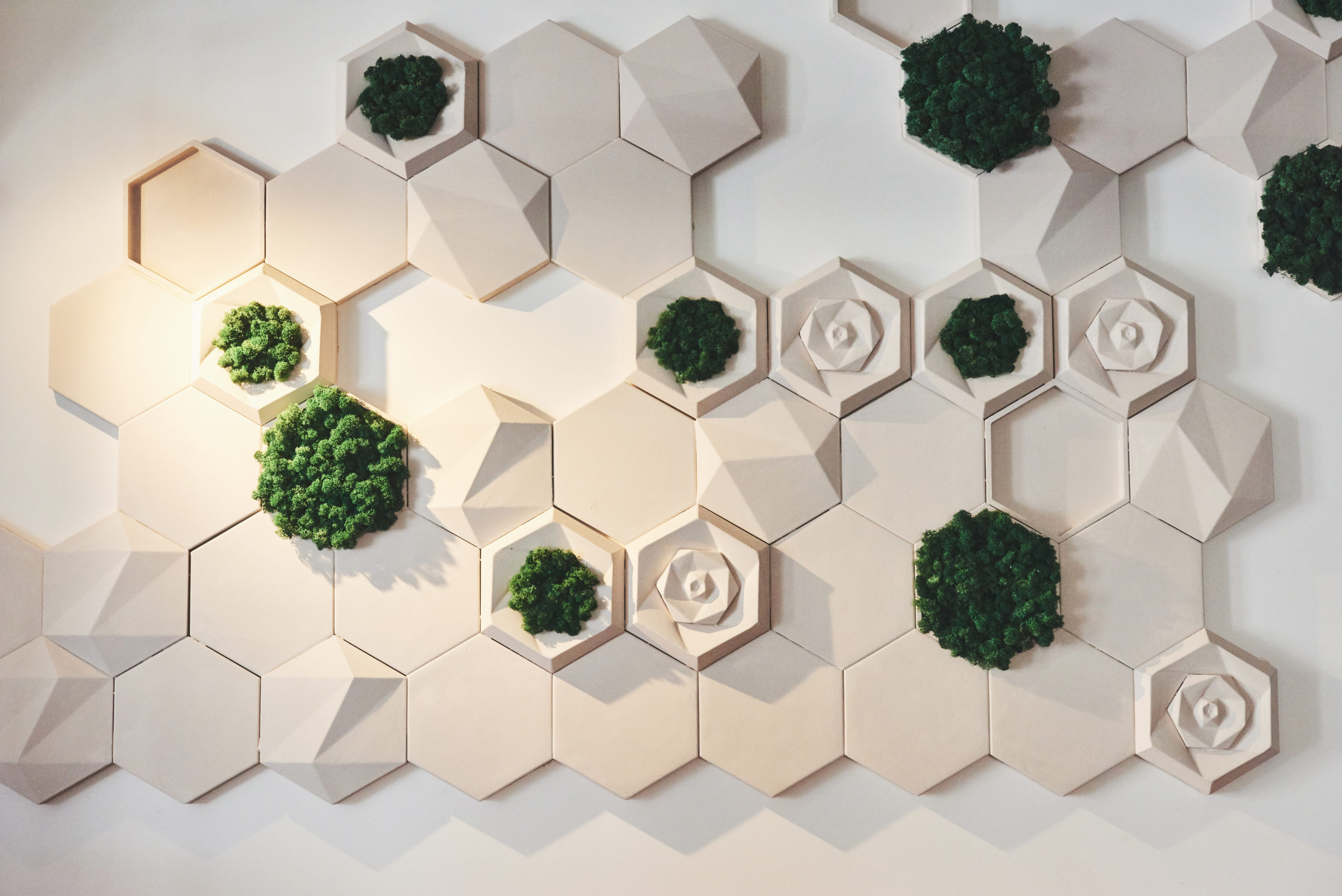Designing in recent times has sought to address a few of the challenges of sustainability by creating a world that can evolve to a widely divergent future in an environment that is shifting at an accelerating rate.
Organizations are beginning to recognize the importance of sustainable design in areas other than look and feel.
Every part of the world we live in today has been transformed by designers.
From the clothes we wear to the homes we live in, to the cars we drive, to our workplaces, to the devices we use on a daily basis, everything is created by intentional design.
The level of product design has changed substantially, with trends and expectations of the customers constantly changing.
Each small detail of the product’s operation, aesthetics, and effectiveness was given careful consideration.
There are many facets to sustainability, and there is a lot to address, however, if we search for ways to make changes in the way we operate regular activities, we can make a conscious effort in transforming the future.
As new technologies are becoming more intertwined with human experiences, it will be necessary to improve the art of designing new products and solutions.
Before it’s too late, we have to tackle the unforeseen consequences of our actions by designing safeties, investing enough time to think about connectedness, and figuring out a way to leverage design to identify the fundamental challenges that concern us as a global community.
Design Thinking is an innovative type of thinking that designers are skilled at using certain resources, methodologies, and ways of thinking.
Consider a future where the transport system is accessible, is green, economical, and secure.
Driverless cars are on their way to making our trips more efficient.
Metro stations, airports, as well as other access points, will be smarter than ever before, and our residences would become dispersed transit hubs as well.
Buildings that are environmentally sustainable will also play an important role in ensuring a better world.
Our homes are becoming more than ever distinct expressions of our true personalities, with design adapted to our preferences.
The rigid conventional decor is giving way to comfy sofas, colorful designs, soft colors, and eccentric breakout sections as a feeling of comfort transcends the workspace.
Employers are beginning to recognize that a badly planned workspace can result in low productivity.
Without defining a precise projection, sustainable design for the future gives a set of scenarios to clearly outline several future alternative solutions.
The design thinking process can be viewed as a conceptual model for sustainable design in the future.
The Design Thinking method should begin by altering behavior in order to comprehend the future context. Observing, analyzing, researching, and working with trends is the best approach to do any of this.
Read more on Crenov8:
What Design is all about: The Dos and Don’ts of Design
Sustainability is the New Digital Transformation






